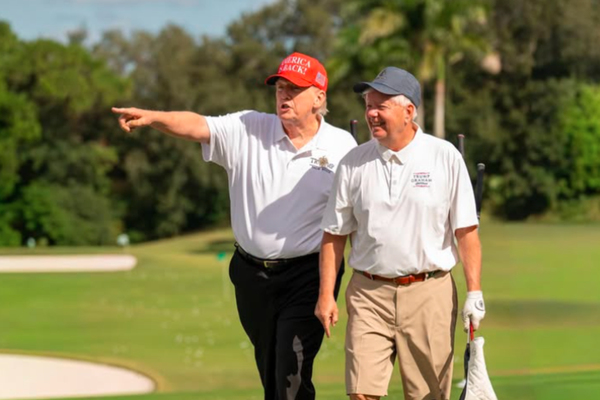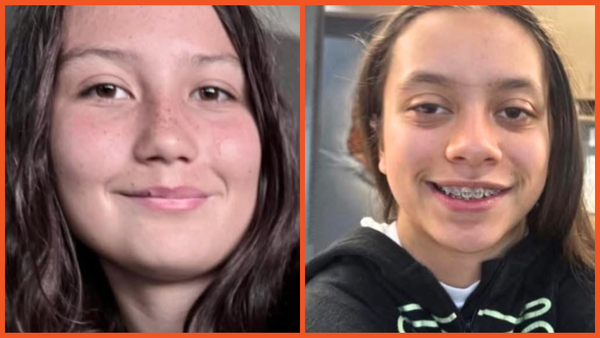The story so far: Nearly four years after the abrogation of Article 370 of the Constitution, the Supreme Court of India is set to hear a batch of petitions on July 11 challenging the Union government’s decision to revoke the special status of Jammu and Kashmir (J&K) which led to the bifurcation of the State in 2019.
A five-Judge Constitution Bench, comprising Chief Justice of India (CJI) D.Y. Chandrachud and Justices Sanjay Kishan Kaul, Sanjiv Khanna, B.R. Gavai and Surya Kant, is slated to take up the matter on Tuesday, to issue procedural directions about the filing of documents and written submissions, the order of oral arguments and allocation of time.
Hearings on oral arguments are however set to begin only in August, Justice Gavai clarified on Wednesday in response to a query posed by senior advocate Kapil Sibal.
The five Judges are the seniormost in the Court and members of the Supreme Court Collegium. Justices Khanna, Gavai, and Kant are also in line to be CJIs in the future as per the seniority norm.
The Bench is also set to decide whether the lead petition by bureaucrat Shah Faesal can be withdrawn. Mr. Faesal, who resigned from the Indian administrative services (IAS) in 2018 and protested against the revocation of the special status of J&K, later rejoined the services and was recently appointed Deputy Secretary in the Ministry of Culture. He later moved an application before the SC seeking withdrawal of his petition.
The petitions are being listed for hearing for the first time after March 2, 2020, when a five-judge bench presided by Justice N V Ramana refused to refer the matter to a larger bench. Of the previous bench which heard the matter, Justices NV Ramana and Subhash Reddy have retired. CJI DY Chandrachud and Justice Sanjiv Khanna are the new members of the latest bench.
Who has filed these petitions?
Nearly 23 petitions have been filed in this case by lawyers, activists, politicians, and retired civil servants. These include advocates M L Sharma, Soayib Qureshi, Muzzafar Iqbal Khan, Rifat Ara Butt, and Shakir Shabir, National Conference Lok Sabha MPs Mohammad Akbar Lone and Hasnain Masoodi, CPI(M) leader Mohammed Yousuf Tarigami, activist Shehla Rashid, Kashmiri artist Inderjit Tickoo alias Inder Salim and veteran journalist Satish Jacob.
Former military officers and bureaucrats including former Air Vice Marshal Kapil Kak, retired Major General Ashok Mehta, former IAS officers Hindal Haidar Tyabji, Amitabha Pande, and Gopal Pillai, and former member of the home ministry’s group of interlocutors for J&K Radha Kumar, also challenged the Presidential Order which abrogated Article 370.
Associations and political parties such as the People’s Union for Civil Liberties, the Jammu and Kashmir Bar Association, and the Jammu and Kashmir People’s Conference have also moved the Supreme Court.
What led to the challenge?
Article 370 of the Constitution accorded J&K a special status that substantially limited Parliament’s power to legislate for the State as compared to other States. The provision came into force as a result of the Instrument of Accession signed by erstwhile ruler of J&K Maharaja Hari Singh in 1947. It was intended to be a temporary provision to allow the State to transition from an independent princely state to a democratic state under the dominion of India.
On August 5, 2019, then President of India Ram Nath Kovind under Article 370(1), promulgated the Constitution (Application to Jammu and Kashmir) Order, 2019 (CO 272), which superseded the Constitution (Application to Jammu and Kashmir) Order, 1954, thereby allowing for the application of all provisions of the Constitution to the State of Jammu and Kashmir.
Article 370 could only be amended after a recommendation by the J&K Constituent Assembly. However, the Presidential Order (CO 272) allowed the Union government to amend Article 370 without such recommendation. This was done by amending another part of the Constitution which explains how it should be interpreted — Article 367. As a result of the amendment, the term ‘Constituent Assembly’ in Article 370(3) would be read as ‘Legislative Assembly of the State’, and the term ‘Government of J&K’ would be read as ‘Governor of J&K’.
Since J&K was under President’s Rule at the time, the powers of the J&K Legislative Assembly were vested in the Union Parliament. Accordingly, a few hours after the promulgation of CO 272, Union Home Minister Amit Shah moved a statutory resolution in the Rajya Sabha under Article 370(3) recommending the abrogation of Article 370.
On August 6, then President Kovind issued a Proclamation (CO 273) putting into effect the Rajya Sabha’s recommendation. As a result, all clauses of Article 370 ceased to operate, except clause 1, which was amended to state that the Constitution of India applies to the State of J&K. This scrapped the special status for J&K.
Subsequently, Home Minister Amit Shah moved the Jammu and Kashmir Reorganisation Bill, 2019 which proposed to make Ladakh a Union territory (without a legislature) and Jammu & Kashmir a separate Union territory (with legislature). On August 9, 2019, the President gave his assent to the Jammu and Kashmir Reorganisation Act, 2019 (2019 Act) which bifurcated the state of Jammu and Kashmir.
The Union territory of Ladakh comprises Kargil and Leh districts while the Union territory of Jammu and Kashmir comprises all the remaining territories of the erstwhile State of Jammu and Kashmir.
What do the petitions contend?
The petitions challenge the Presidential Orders of August 5 and 6, 2019, as well as the 2019 Act, contending that they are “unconstitutional, void and inoperative.”
To challenge the Presidential Orders, the petitioners have invoked the ‘doctrine of colourability,’ which prohibits the passing of legislation seeking to doindirectly something not allowed to be done directly. Article 370(3) prohibited the President from amending Article 370 without the concurrence of the Constituent Assembly. However, the two Presidential orders in effect did so without the Assembly’s concurrence, thereby subjecting them to a constitutional challenge.
The petitioners have also argued that the 2019 Act is unconstitutional since Article 3 does not give the Parliament powers to downgrade federal democratic States into a less representative form such as a Union Territory. The delimitation exercise has also been challenged on the ground that it violates the right to equality.
Several petitions also contend that in a federal democracy, the right to autonomous self-government is a fundamental right under Part III of the Constitution and cannot be taken away without adhering to the due procedure established by law. Pointing out a gross violation of the quasi-federal balance, the petitioners have highlighted that the abrogation defeats the principle of pluralistic federalism.
Multiple petitions have also alleged gross violations of constitutional rights in J&K. It has been argued that the act of destroying its status “without the concurrence, consultation, or recommendation of the people of that State, acting through their elective representatives,” amounted to an “overnight abrogation of democratic rights and freedoms guaranteed to the people of the State of Jammu and Kashmir upon its accession.”
Why was a larger bench reference made?
In 2020, the batch of petitions was referred to a five-judge Constitution Bench headed by Justice NV Ramana and also comprising Justices S.K. Kaul, R. Subhash Reddy, B.R. Gavai and Surya Kant by former CJI Ranjan Gogoi.
A preliminary issue arose as to whether a reference to a seven-judge bench was necessary in light of the seeming divergence in the opinions of two coordinate benches of the Supreme Court in Prem Nath Kaul vs. State of Jammu & Kashmir (1959) and Sampat Prakash v. State of Jammu & Kashmir (1970). Both decisions were rendered by five-judge benches and were supposedly in conflict as far as the interpretation of Article 370 was concerned.
However, the Bench held that there existed no such conflict and proceeded to decline the prayer for a larger bench reference. It reasoned that the two judgments could not be interpreted in a vacuum, separate from their facts and context. The court also underscored that the circumstances and issues in these cases were different. Observations made in the cases, it said, cannot be “selectively picked in order to give them a particular meaning.”
The Court, however, made it clear that its order was confined to the “limited preliminary issue of whether the matter should be referred to a larger Bench” and it had “not considered any issue on the merits of the dispute.”
How many times was the case mentioned for ‘early listing’?
Despite several assurances of ‘early listing’ of these petitions by former CJIs, the case has not come up for hearing post the order declining reference to a larger bench. The matter was last heard in March 2020.
Last year, on April 25 and September 25, former CJI N.V. Ramana agreed to list the matter for ‘early’ hearing, but nothing came of it; in April 2022, when the matter was mentioned for urgent listing on the grounds that local elections were imminent, the former CJI remarked “let me see.”
Similarly, the case was mentioned for early listing on September 23, 2022, before the current CJI’s predecessor, Justice U.U. Lalit who promised that it would come up for hearing after the Dussehra break ended on October 10.
The matter was also mentioned before CJI Chandrachud in February this year and December 14 last year. At the time, the CJI had assured the petitioners that he would “examine and give a date.”







